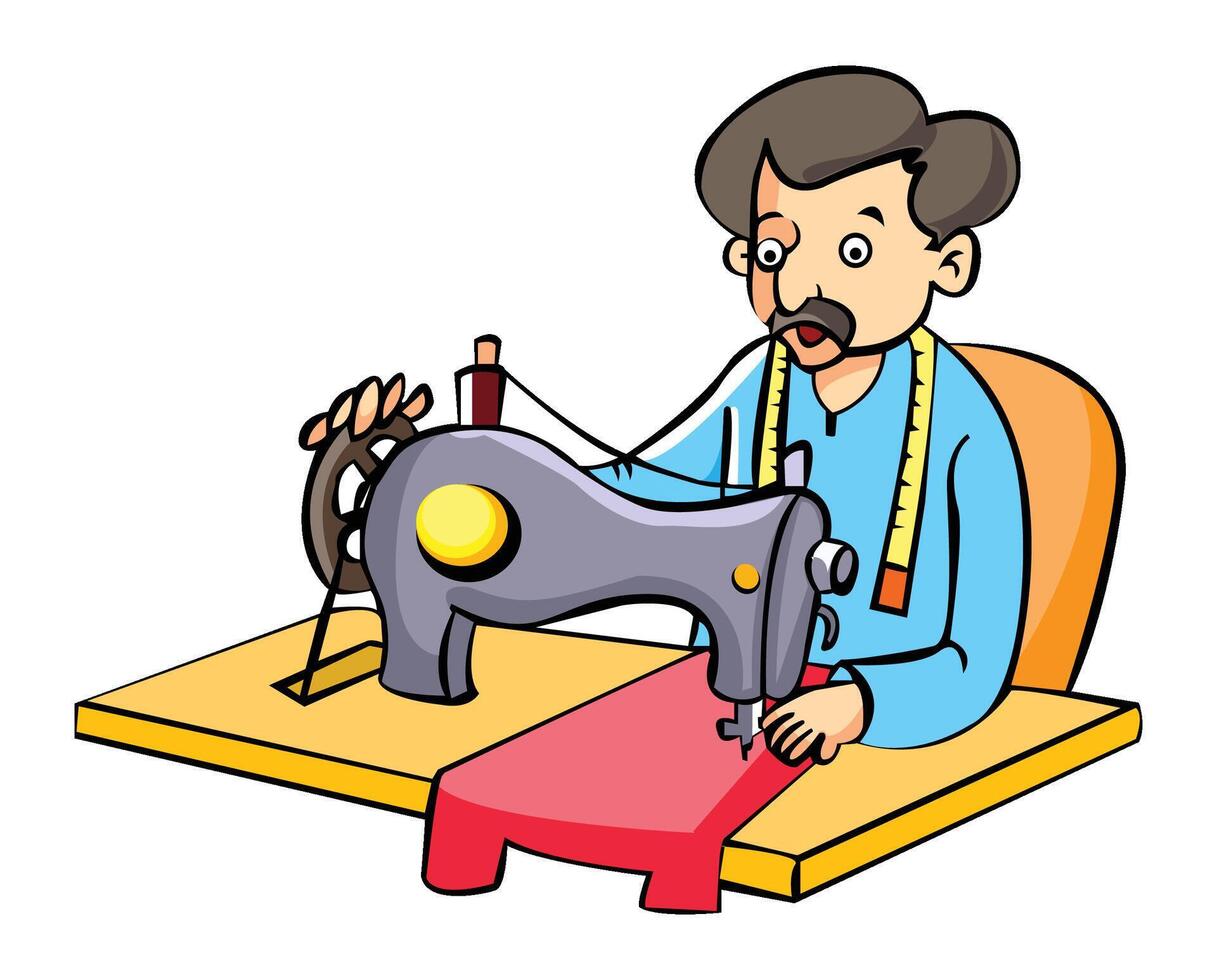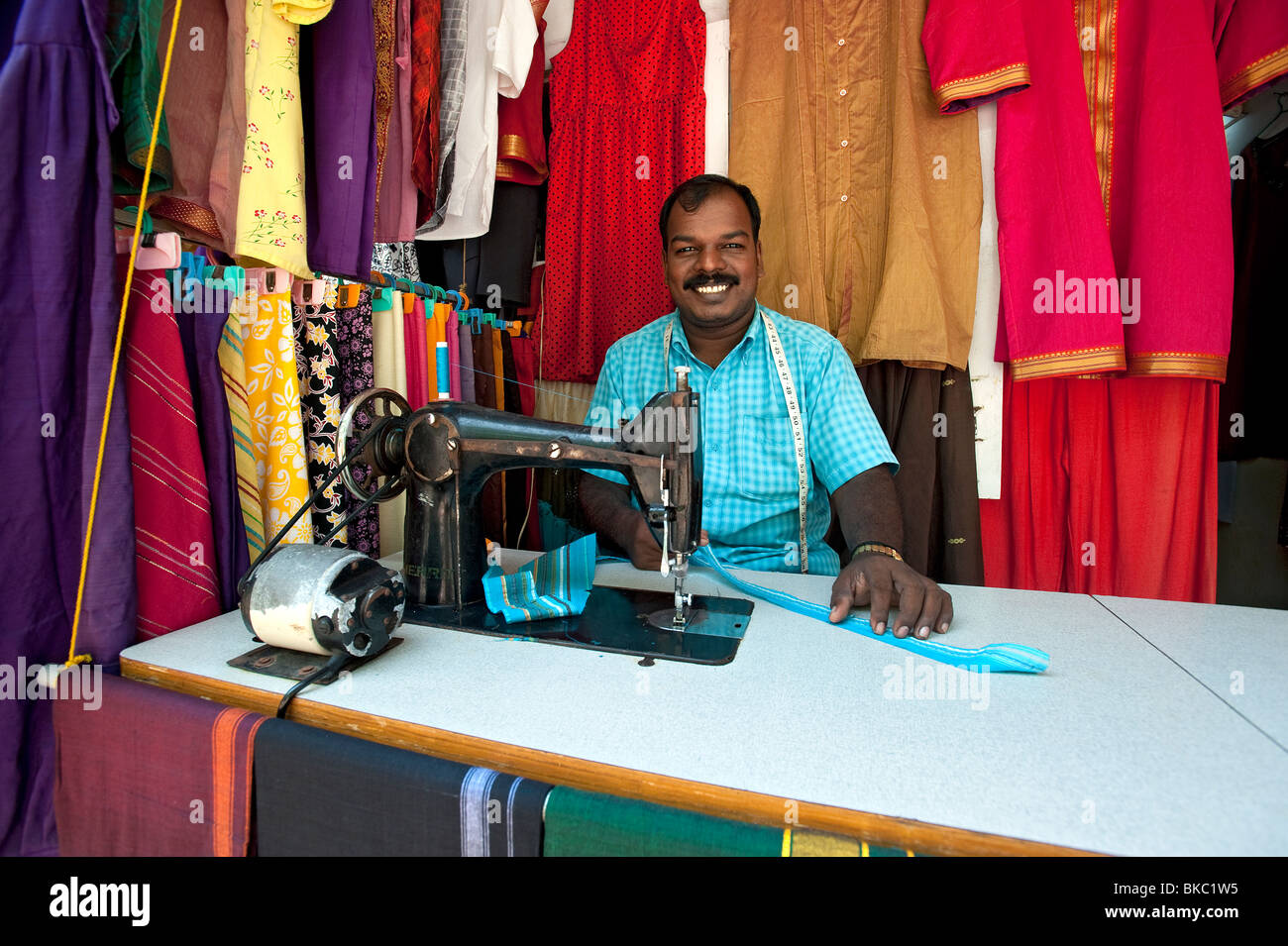Tailor Perth Excellence: Where Top Quality Fulfills Personalized Tailoring
Tailor Perth Excellence: Where Top Quality Fulfills Personalized Tailoring
Blog Article
Understanding the Tailoring Process: From Fabric Selection to Final Fitting for the Ideal Closet
The customizing process is an intricate interaction of art and science, starting with the important decision of material selection and finishing in the exact adjustments of last fittings. Each textile kind brings distinct top qualities that affect not only the aesthetic allure however additionally the garment's durability and viability for different occasions.
Value of Fabric Choice
Picking the best textile is important in the customizing process, as it straight influences the comfort, toughness, and overall visual of the last garment (tailor perth). The option of material establishes the structure for the garment's performance, capability, and style. Different materials possess special properties, such as breathability, stretch, and weight, which can substantially impact just how the garment drapes and fits the body
In addition, fabric choice impacts the garment's longevity and ease of treatment. Top quality materials can stand up to wear and tear, maintaining their appearance and structure in time, while lower-quality products might bring about pilling or fading. Additionally, the best fabric adds to the garment's capability to shift throughout periods and occasions, thus improving convenience.
A tailored piece made from an appropriate material not just showcases craftsmanship however also boosts the user's confidence. Understanding the subtleties of material selection is critical for any kind of tailoring endeavor. It makes sure that the last product not just meets the visual needs of the customer yet also aligns with useful demands, thus attaining a harmonious equilibrium between kind and function in the customized wardrobe.
Sorts Of Fabrics and Their Uses
Understanding the different types of materials available is crucial for making informed choices throughout the tailoring procedure. Each fabric has unique features that dictate its viability for specific garments and events.
Its versatility enables it to be customized right into every little thing from tee shirts to dresses. Its natural elasticity assists garments keep form over time.
Silk exudes high-end and is lightweight, making it best for eveningwear and fragile shirts; however, it requires cautious handling because of its frailty. Bed linen, with its distinctive coating, is a popular selection for cozy environments, providing a ventilated and crisp feel, yet it wrinkles conveniently, which may affect the garment's look.
Synthetic textiles, such as polyester and nylon, offer longevity and resistance to wrinkles, making them appropriate for day-to-day wear and active clothes. Comprehending these material types and their buildings permits much better decision-making, ensuring that each customized piece not only fits well but also aligns with the intended objective and celebration.
The Tailoring Methods Described
The art of customizing depends on a range of methods that transform fabric right into well-fitted garments. Central to this procedure is pattern preparing, where a tailor creates templates based on the customer's dimensions and preferred style. This first action ensures that the garment will certainly fit the user appropriately before any cutting occurs.
Once patterns are established, cutting techniques enter play. Accuracy is vital as mistakes can lead to misfitting garments. Tailors frequently make use of numerous cutting methods, such as single-layer reducing for elaborate designs and multiple-layer reducing for efficiency on typical patterns.
Basting is one more important strategy, enabling tailors to briefly stitch material assemble for a preliminary installation. This technique provides the possibility to evaluate the drape and total shape before last stitching.
Seaming techniques, consisting of flat-felled joints and French joints, enhance the garment's resilience and visual appeal. Tailors additionally employ methods such as interfacing and extra padding to supply framework and shape to certain locations, like shoulders and collars.
Last but not least, completing strategies, consisting of hemming and edge completing, make certain the garment's longevity while supplying a sleek look. Together, these strategies form the backbone of efficient customizing, resulting in splendid, tailor-made garments.
Fitting Adjustments and Factors To Consider

Key considerations include the shoulder fit, which ought to neither sag nor restrict motion, and the sleeve length, which need to permit comfy arm motion while maintaining a sleek appearance. Furthermore, adjustments at the waistline can improve the shape, with options to allow out or take in textile as needed.
The surge of pants is another critical aspect; it should sit pleasantly above the hips without causing pain, enabling for ease of activity. Hemming lengths for both pants and skirts must reflect the user's favored style while valuing proportions.

Maintaining Your Tailored Clothes
Constantly follow the care label instructions, which might advise completely dry cleansing for delicate fabrics or machine cleaning for even more sturdy products. Prevent regular laundering, as this can wear down the fabric and modify the garment's form.
Storage is equally crucial; usage padded hangers for coats and coats to maintain shoulder framework, and shop pants folded up nicely or hung to stop creasing. Secure garments from direct sunlight, which can discolor colors and damage fibers.
In addition, regular evaluations for minor repair work can prevent bigger problems. Look for loosened buttons, tearing seams, or signs of moth damages, dealing with these issues quickly to maintain the garment's honesty.
Finally, take into consideration seasonal turning. Wearing customized pieces in small amounts allows textiles to recuperate, expanding their life expectancy. By implementing these upkeep methods, you can ensure that your customized garments remain as immaculate as the day you first used them, enhancing your perfect closet for years ahead.
Final Thought
The tailoring process, including textile Continue selection, proficient strategies, and specific fitting changes, plays an essential function in developing garments that enhance both comfort and style. Comprehending the value of upkeep prolongs the life of customized garments, strengthening their value in a well-curated wardrobe.
Choosing the best fabric is important in the tailoring process, as it directly affects the convenience, durability, and overall visual of the last garment. The choice of material sets the foundation for the garment's performance, style, and efficiency. Various textiles have special properties, such as weight, site here stretch, and breathability, which can significantly influence exactly how the garment drapes and fits the body.
The art of tailoring depends on a variety of techniques that change material into well-fitted garments.The customizing process, incorporating material selection, skilled strategies, and accurate suitable modifications, plays an essential duty in producing garments that boost both comfort and design.
Report this page